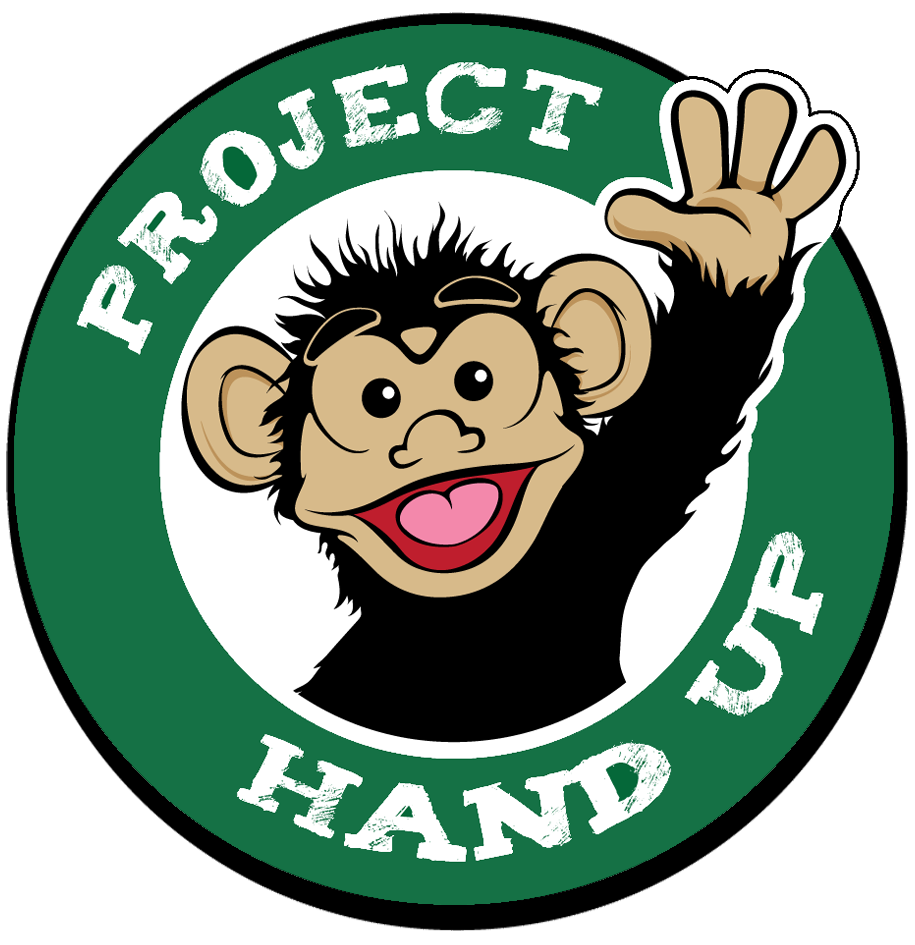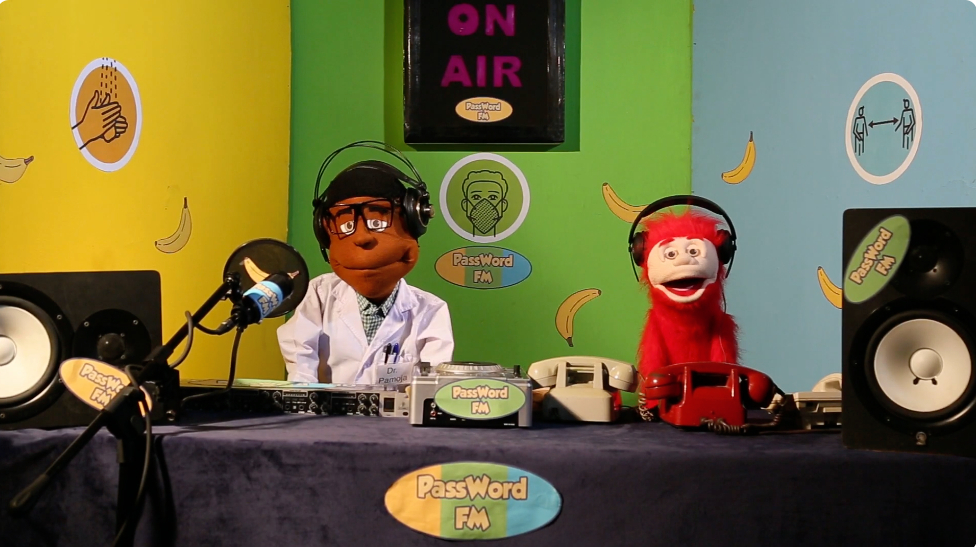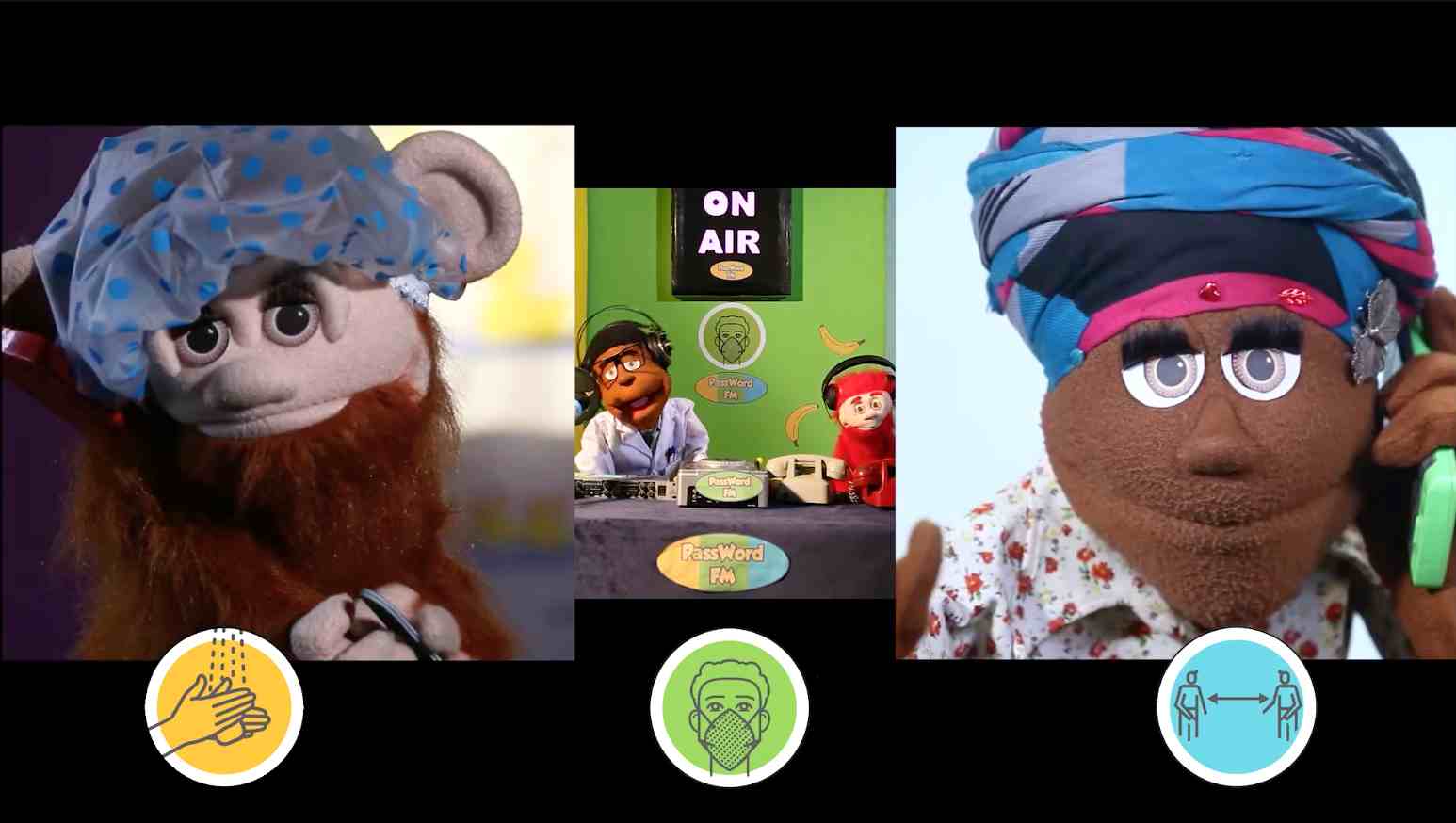
Unilever, AMREF, & National Business Compact on Coronavirus
“The Password” / Mum’s Magic Hands
The pandemic was now at its height across the globe and research in Kenya had shown that the highest rates of infection and risk for continued spread was primarily in Nairobi County, Mombasa County (coastal region) the lake region surrounding Kisumu and the Mount Kenya region. To that end, both radio and broadcast TV in vernacular languages were employed as a way to speak more directly to the people of those regions, instead of national languages (English & Swahili). Where Mombasa could be impacted with Swahili and Nairobi in English – it was the other regions that could benefit from messages in the “mother tongue” to drive home the importance of Covid-19 interventions.
Two campaigns around the world found their way to Kenya, Unilever’s Mums Magic Hands and The Password. Project HAND UP was tasked to incorporate both campaigns into each of the media assets.
Each media asset was to cover one main concept; either hand washing, mask wearing or physical distance – while also incorporating a translated version of the international catch phrase. The communication theme and style, meanwhile, was to use the nurturing aspect of a proud mother to encourage families to be healthy and strong.
Objective:
- Target children and families in 7 language groups as key demographics to help support the international campaign to improve hand washing, mask wearing, and social distancing during the pandemic.
- Promote the catchphrase “Hands, Mask, Space” as part of “the password to help take back our world from corona” in several targeted higher risk regions of Kenya.
- Support the Mum’s Magic Hands campaign to encourage behaviour change in key areas like hand washing with soap and Covid-19 prevention measures
- Use emotional nudges around nurturing and affiliation and to enhance ongoing WASH programmes to change and save lives.
- Support the Mum’s Magic Hands campaign to encourage behaviour change in key areas like handwashing with soap and Covid-19 prevention measures
- Use emotional nudges around nurturing and affiliation and to enhance ongoing WASH programmes to change and save lives.
What We Delivered:
- 42 different media assets – in several formats
- 3 videos in 7 languages each: English, Swahili, Kisii, Meru, Embu, Luo, Luhya suitable for mass media and digital media (Television & whatsapp)
- Produce 3 radio spots in 7 languages each
Insights:
-
Engagement with vernacular language videos was, in a manner of speaking, “beloved.” Few, if any, cartoon voice characters are in the public consciousness when it comes to mother tongue content in Kenya. As a result, the videos in these languages enjoyed greater “shareability”. This was, in short, quite special.
- There is an insufficient talent pool of character voice artists in Kenya with experience in vernacular languages. We hired many professional radio presenters from local radio stations. None had experience doing silly or unusual voices. As a result a significant amount of overtime was spent rehearsing and recording and re-recording characters.
- This project took 3x the amount of time in studio to record as expected, and twice the amount of time to edit. We had to hire vernacular speakers to help our editing crew as well. The end, result, however, was something that clients, partners, artists and their grandmothers in rural places loved to watch and listen to.
- We had to develop our own work flow and our own producing style to get the vernacular characters to sound both linguistically and tonally “correct” yet also with the creative license to speak nothing like a normal human. This was a difficult balance to make the character sound “local” but also “silly.”
Learnings:
Mixing messages
- Mixing two campaigns, “the password” and “mums magic hands” was probably suboptimal. This series was tricky to write, and probably should have underwent many more drafts before roll out.
Turnaround Time
- The slow-down for approvals via multi-stakeholder group emails was also challenging. In the future we would like to have systems in place that expedite the pre-production process when responding to public health crisis.
Sophomore effort
- This was our second mass media/digital campaign and also the most varied, ambitious, and broadly executed to date. It will forever remain a milestone for our behavior change communication work in neutral, favorable and unfavorable ways.





